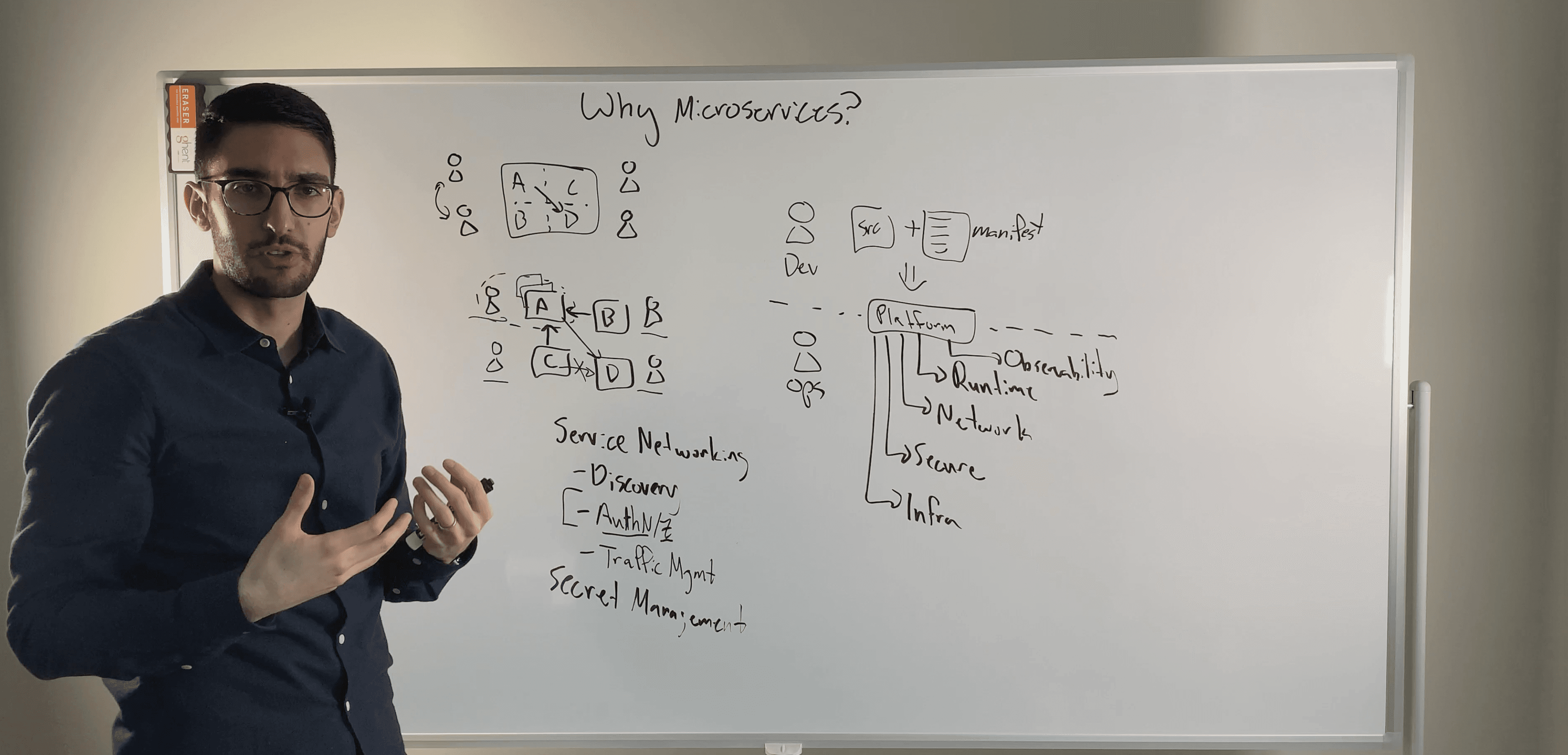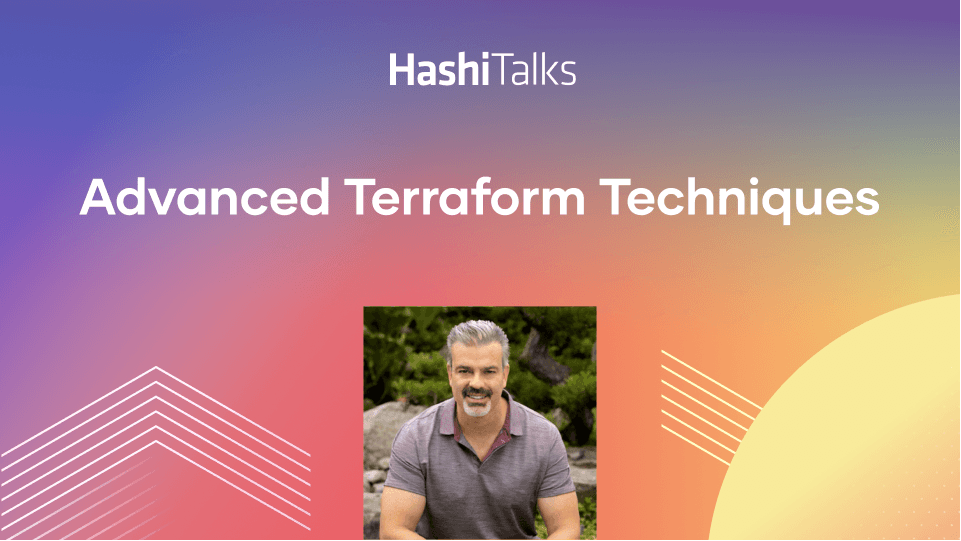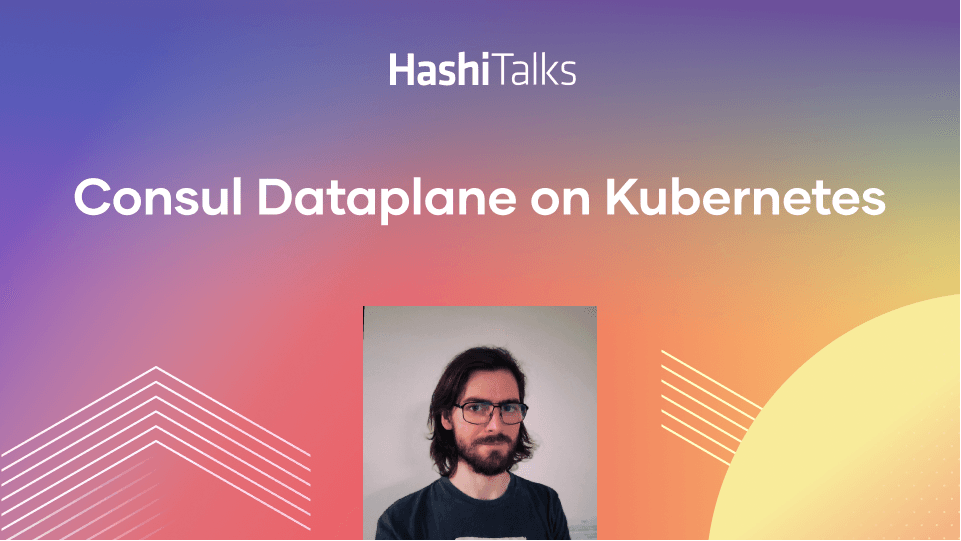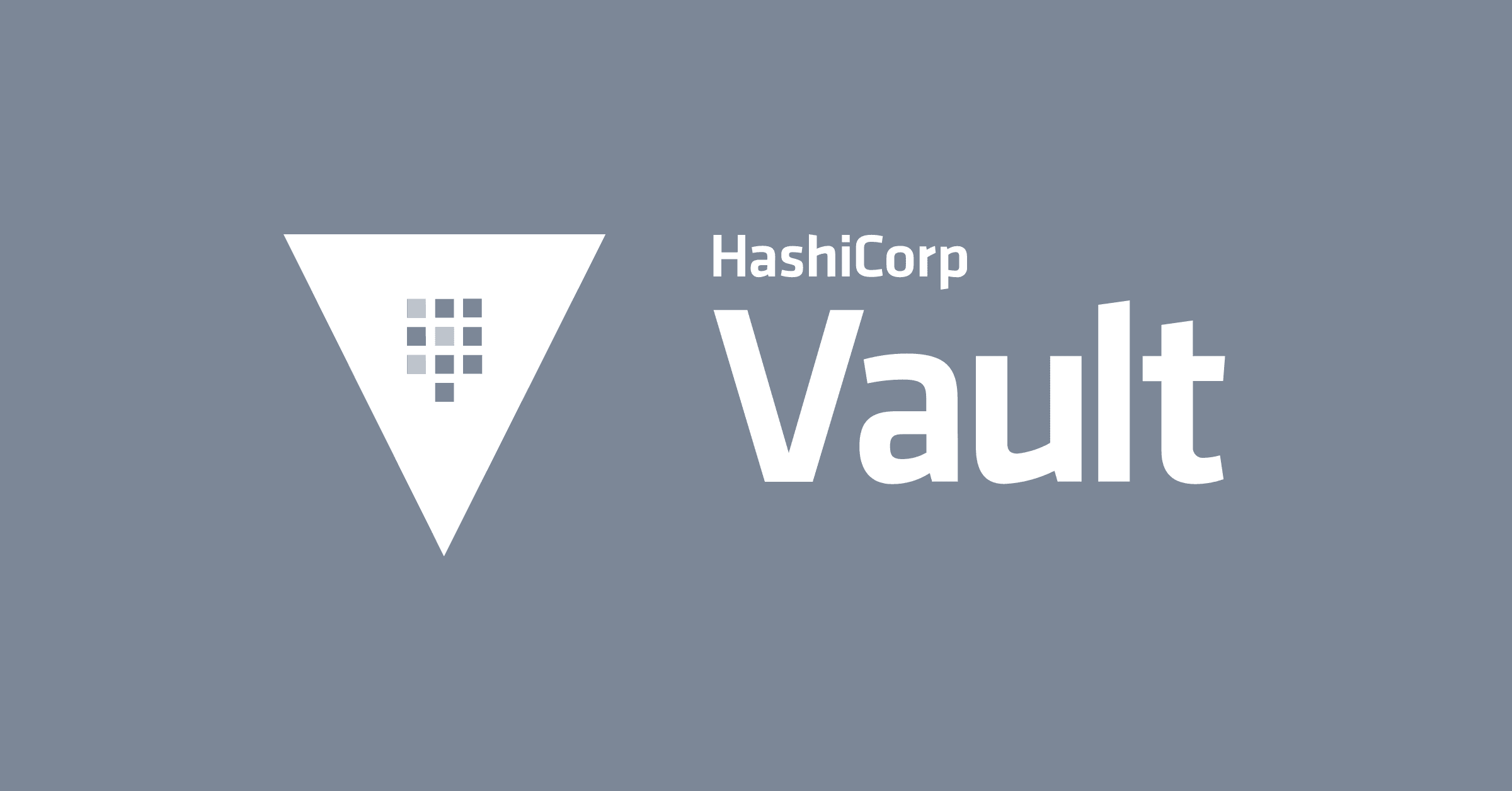The Many Definitions of Multi-Cloud & Their Implications
Learn about the different approaches required for each of the 4 different types of multi-cloud capability.
Speakers
 Armon DadgarCo-founder & CTO, HashiCorp
Armon DadgarCo-founder & CTO, HashiCorp
Multi-cloud.
It's the latest hot topic at many of the IT conferences, especially recent KubeCons. So when we talk about multi-cloud, are we sure we're all talking about the same thing? The founders of HashiCorp see 4 common flavors:
- Workload portability
- Data portability
- Traffic portability
- Workflow portability
And here's their breakdown of those definitions:
Workload portability
Very difficult. It's almost impossible to write an app once for one cloud and still be able to run that app on other clouds with no code modifications. Different vendors have different functions, syntax, and other nuances that make multi-cloud workload portability a challenge.
Data portability
Very difficult. This means being able to move data from one cloud provider to another, and its biggest barrier is the speed of light. This is where the concept of data gravity comes into play. If you’re moving 100TB, it costs a lot of money and it takes a lot of time. At that point, from our current technology standpoint, it’s faster to load it in an airplane.
Traffic portability
Reasonable. If you have geographically dispersed users, you can route to the nearest cloud provider that could service them.
Workflow portability
Very achievable. This means maintaining a consistent workflow across clouds for deployment, security, networking, and so on. HashiCorp's Terraform, Vault, Consul, and Nomad all provide one multi-cloud workflow for provisioning infrastructure, secrets management, encryption, service discovery, service mesh, and workload orchestration (scheduling). This is part of what we call the cloud operating model
In this talk from Escape/19, the first multi-cloud focused conference, HashiCorp co-founder Armon Dadgar goes in-depth with these 4 flavors of multi-cloud and provides different approaches for achieving each of these flavors, or explains why some flavors might just be too costly. You can follow along with the slides.



